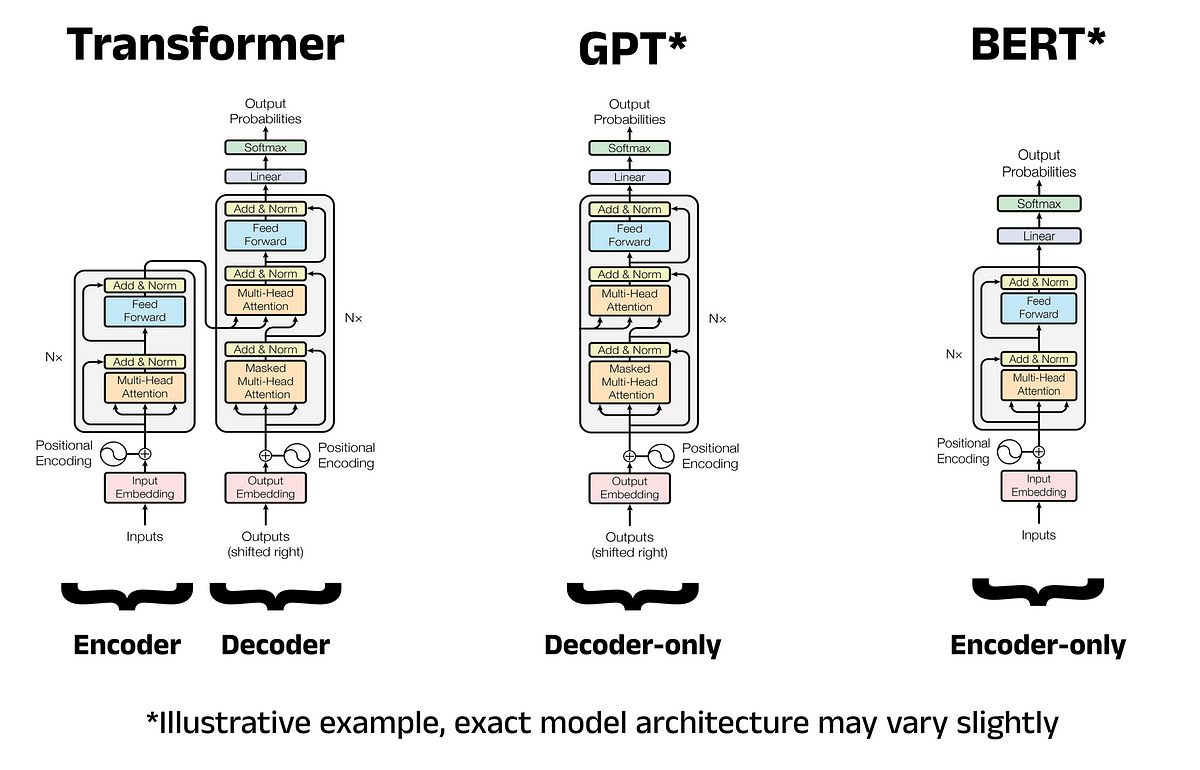In recent years, there has been a significant increase in the number of self-storage units, reflecting the fact that people now have more possessions than they can handle. Similarly, the world of IT is facing a data explosion, with everyday objects generating data through IoT functionality. This has led to the creation, collection, and analysis of unprecedented amounts of data, posing storage challenges for data managers.
Companies often fail to recognize the scale of the storage problem until they outgrow their existing storage systems. This results in the need for increased storage solutions and additional investment. Eventually, companies seek cheaper and simpler options, leading them to consider data deduplication.
While many organizations use data deduplication techniques, not everyone understands its purpose and process. Data deduplication is the process of eliminating redundant copies of data to streamline data holdings and reduce storage needs. It primarily focuses on file deduplication, addressing the proliferation of data files.
The main goal of data deduplication is to save money by reducing storage costs. Duplicate data imposes additional storage costs beyond the primary storage system. Therefore, deduplication helps organizations spend less on storage. Additionally, deduplication enhances data protection, improves disaster recovery efforts, and aids in retention and virtual desktop infrastructure deployments.
The most commonly used form of data deduplication is block deduplication, which identifies and removes duplications in blocks of data. Another method is file deduplication, which compares full copies of data within the file server. These deduplication techniques differ from data compression algorithms but share the goal of reducing data redundancies.
There are different types of data deduplication based on when and where the deduplication process occurs. Inline deduplication happens in real-time as data flows within the storage system, reducing data traffic. Post-process deduplication occurs after data is written to a storage device, allowing hash calculations to be performed at a more convenient time.
As data deduplication continues to evolve, it is expected to make increasing use of artificial intelligence (AI). Trends such as reinforcement learning and ensemble methods are emerging to improve the accuracy of dedupe processes.
In conclusion, the proliferation of data has led to the need for efficient storage solutions. Data deduplication helps organizations reduce storage costs, enhance data protection, and optimize various IT processes. With advancements in AI, data deduplication is poised to become even more sophisticated in the future.
Source link























